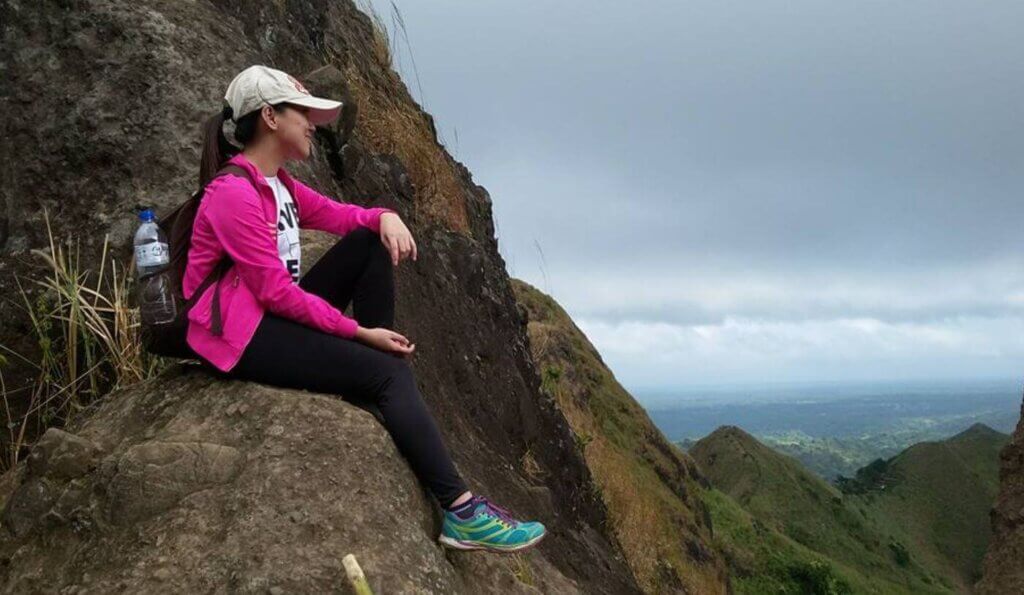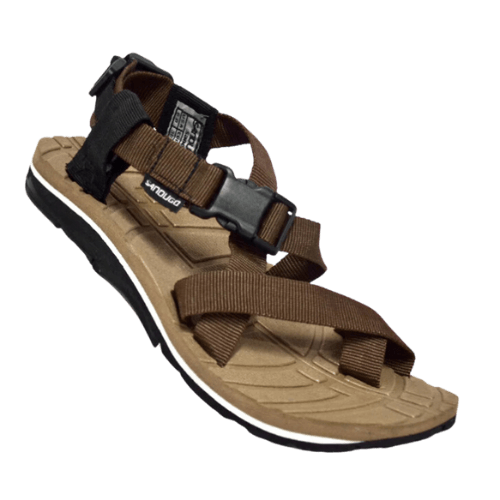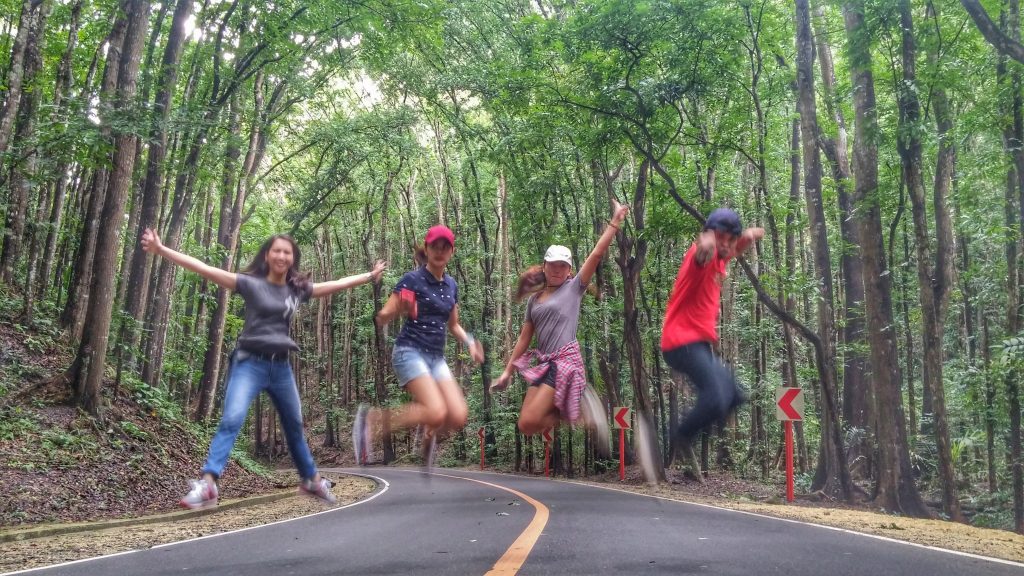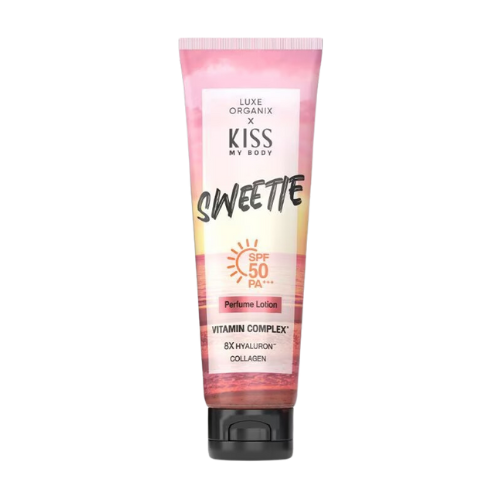Starting your first hiking adventure is both exciting and, let’s be honest, a bit nerve-wracking when it comes to picking the right gear. I’ve been there, asking myself questions like, “Do I need to splurge on high-end equipment?” or “What if I invest in all this stuff and then realize hiking isn’t for me?” Figuring out the basic needs for hiking can feel overwhelming, sometimes even discouraging you from hitting the trails.
But here’s the good news: you don’t need to break the bank to get started. When I went on my first hike, I used my regular sneakers and a standard backpack. Guess what? I had a fantastic time and completed the hike without any issues.
This guide is here to help you learn about the hiking essentials you’ll need for a safe and enjoyable hike. We’ll cover everything from footwear to sun protection, so keep reading!

Top 5 Hiking Basic Needs
1. Footwear
Your feet are your primary mode of transportation on a hike, so choosing the right footwear is crucial. Here’s what you need to know:
Shoes
Starting out, it’s perfectly fine to use your regular sneakers for your initial hikes; that’s exactly what I did, and it worked out well.
However, if you have some budget to spare, investing in a good pair of hiking shoes can make a significant difference. Look for shoes that provide solid support, have a durable sole, and fit well to prevent blisters. Since new shoes can be stiff, it’s wise to break them in with a few short walks before taking on longer hikes.
Since new shoes can be stiff, it’s wise to break them in with a few short walks before taking on longer hikes.

Waterproof Sandals
Another great option for hikers, especially when facing river crossings or warm weather, is waterproof hiking sandals. These sandals offer excellent breathability and dry quickly, making them ideal for wet conditions. It’s important to choose sandals that fit securely and provide good traction to handle various terrains safely.

I’ve personally used Sandugo sandals and can vouch for their comfort and durability. In fact, I’ve been wearing mine for over nine years, and they’re still going strong.
Sandugo is a reputable Filipino brand known for producing quality outdoor footwear, including sandals designed for rigorous mountaineering.
Opting for waterproof hiking sandals like those from Sandugo can enhance your hiking experience, especially in wet conditions, by keeping your feet comfortable and well-supported.
If you’re shopping for hiking gear in the Philippines, you’ll find plenty of local options that cater to both beginners and seasoned hikers.
Remember, happy feet make for a happy hike!
2. Clothing
Choosing the right clothing is essential for a comfortable hiking experience. As a beginner, you can start with any lightweight shirt you have. Opting for bright colors is advisable, as they enhance your visibility, which is crucial in case of emergencies.

If you’re considering investing in specialized gear, Dri-Fit clothing is an excellent choice. Here’s why:
- Moisture Management: Dri-Fit fabrics wick sweat away from your skin, keeping you dry and comfortable during strenuous activities or in hot weather.
- Temperature Regulation: These materials allow air to circulate, helping to regulate your body temperature by keeping you cool when it’s hot and providing a layer of warmth.
- Quick Drying: Dri-Fit clothing dries faster than traditional cotton, reducing the risk of chafing and discomfort if you get caught in the rain or sweat heavily.
For optimal protection against sun exposure, insects, and brush, consider lightweight, long-sleeved shirts and pants. If long sleeves aren’t available, arm covers can serve as a practical alternative.
Investing in appropriate clothing enhances your comfort and safety, making your hikes more enjoyable.
3. Backpack
For this specific item, you can’t use “just any” kind of bag. You must use a backpack. Unlike sling or shoulder bags, a well-designed backpack ensures balanced weight distribution, reducing strain during your hike.
Since you’ll be carrying your hiking essentials for a few hours, prioritizing comfort is essential.
When selecting a hiking backpack, consider the following factors:
- Size and Capacity: For day hikes, a backpack with a capacity of 20 to 30 liters is typically sufficient. This size allows you to carry items from your hiking essentials list like water, snacks, and extra clothing without unnecessary bulk.
- Comfort and Fit: Look for backpacks featuring padded shoulder straps and a hip belt to distribute weight evenly. Adjustable straps help customize the fit to your body, reducing strain on your back and shoulders.
- Features: Multiple compartments aid in organizing your gear efficiently. External pockets provide easy access to items like water bottles, and compatibility with hydration reservoirs can be beneficial if you prefer using a hydration bladder.

Personally, I’ve found the Quechua 30L Hiking Backpack from Decathlon to be an excellent choice. It offers ample space with its 30-liter capacity and includes padded shoulder straps and a waist belt, enhancing comfort by distributing weight evenly. I bought the yellow color because it’s vibrant.
Investing in a quality backpack tailored to your hiking beginner essentials can significantly enhance your comfort and overall experience on the trails.
4. Cap
Protecting yourself from the sun is vital during hikes. A cap offers several benefits:
- Sun Protection: A cap shields your face and eyes from direct sunlight, reducing the risk of sunburn and glare.
- Temperature Control: Keeping the sun off your head can help regulate your body temperature, keeping you cooler on hot days.
- Visibility: In addition to sun protection, a brightly colored cap can make you more visible to others on the trail, which is a safety bonus.
Choose a cap made from breathable, quick-drying materials to enhance comfort during your hike.
5. Sunblock

Should I say more? Hiking will make you overly exposed to the sun, so sunblock or sunscreen is a must! Applying sunblock is a simple yet crucial step to protect yourself:
- SPF Rating: Use a broad-spectrum sunblock with at least SPF 30 to protect against both UVA and UVB rays.
- Application: Apply sunblock generously to all exposed skin areas, including your face, neck, ears, and hands. Reapply every two hours, or more frequently if you’re sweating heavily.
- Water Resistance: Opt for water-resistant formulas to ensure continued protection, even if you sweat or come into contact with water.
Don’t forget to pack a small tube of sunblock in your backpack for reapplication during your hike.
Additional Tips for First-Time Hikers
Beyond the 5 essential things to bring in hiking I previously mentioned, here are some extra tips to enhance your experience:
Plan Ahead
Before heading out on your first hike, it’s super important to do a bit of homework. Start by researching the trail you plan to hike—check out the distance, how challenging it is, and any potential hazards like steep climbs or tricky paths.
Safety should always come first, so make sure to let someone know where you’re going and when you expect to be back.
Since you’re just starting out, I highly recommend looking for beginner-friendly trails. These are usually well-marked, not too long, and have manageable elevation gains.
Picking an easier trail allows you to see how your body handles hiking and helps you enjoy the experience without feeling overwhelmed.
Stay Hydrated
Always pack plenty of water before hitting the trail. Most hiking paths don’t have stores or spots where you can grab a drink, so it’s important to bring enough to last the whole hike.
Hiking makes you sweat a lot, even if it doesn’t feel like it, so take regular sips to stay hydrated. Dehydration can sneak up on you, especially in hot weather or at higher altitudes, and it can really affect your energy and focus.
Pack Snacks
Bring some energy-boosting snacks like nuts, trail mix, or energy bars to keep you going during the hike. Light snacks are the way to go—you don’t want to deal with an upset stomach halfway through the trail, right?
Save the big meal for after the hike; trust me, food tastes way better when you’re tired and have earned it with a long walk! Plus, light snacking helps maintain your energy without weighing you down.
Leave No Trace, Take Only Pictures
One of the most important rules when hiking is to respect nature. Always carry out all your trash—whatever you bring in, make sure it goes back out with you.
Stick to marked trails to protect the environment and avoid damaging plants or habitats. Never disturb wildlife; it’s their home, and we’re just visitors.
Check the Weather
Before heading out on a hike, it’s crucial to check the weather forecast and dress accordingly. Weather conditions can change rapidly, and being prepared helps ensure a safe and enjoyable experience. If unfavorable weather is predicted, consider postponing your hike.
Of course, you can still go hiking even if it’s raining, but be prepared for extra challenges like slippery, muddy trails. Wet conditions can make the hike more difficult and require extra caution.
Additionally, some mountains have leeches that come out on the trails when it’s raining. For instance, Mount Makiling is known for the presence of limatik, or blood leeches, especially during the rainy season.
To minimize encounters with limatik, it’s advisable to wear light-colored clothing, as it makes spotting them easier. Additionally, wearing long sleeves, leggings, and avoiding shorts and sandals can help prevent them from reaching your skin.
The Bottom Line of Basic Needs for Hiking
Going on your first hike is an exciting adventure, and having the right hiking essentials for a day trip definitely adds to the comfort and fun. But don’t stress if you don’t have everything right away.
You can kick off your hiking journey using what you already have, and as you fall in love with the activity and hit the trails more often, you can gradually invest in better gear.With the hiking beginner essentials covered, you’ll be ready to explore nature confidently and take your hikes to the next level.
The most important thing is to enjoy the journey, stay safe, and create lasting memories on the trail!











